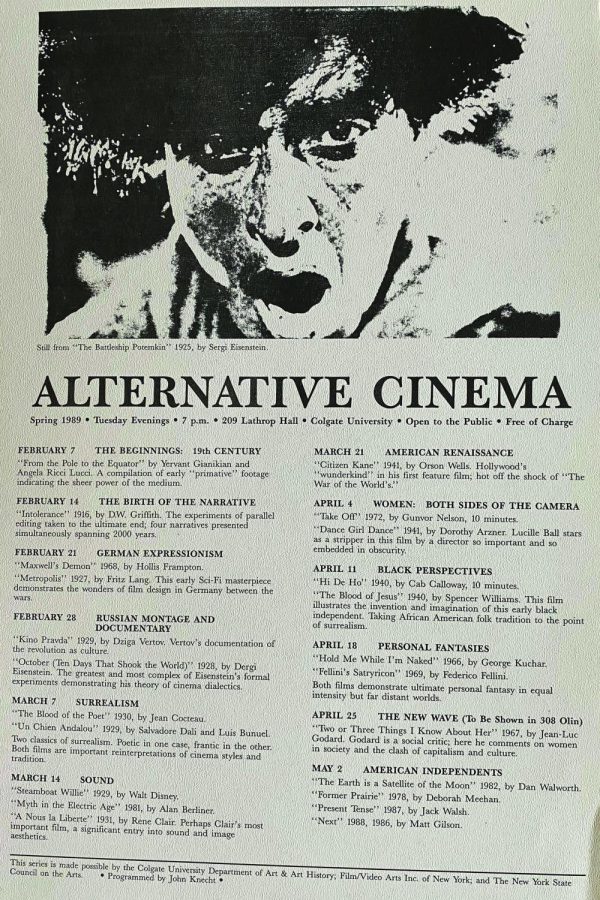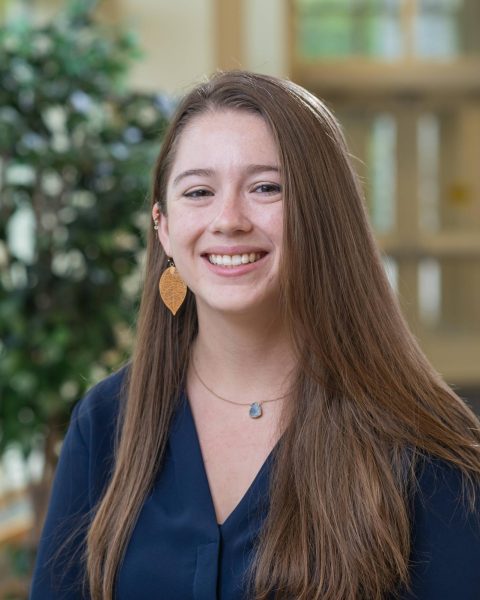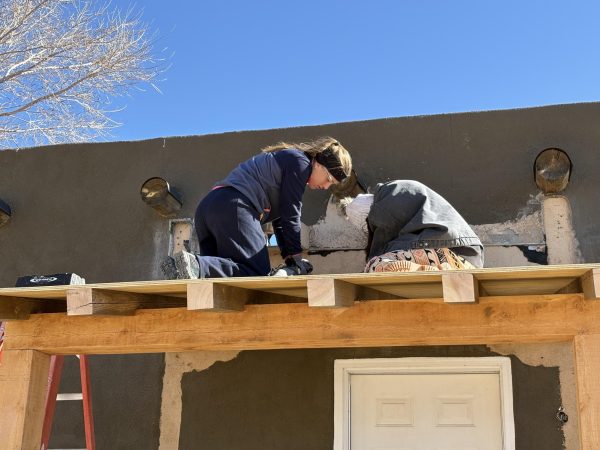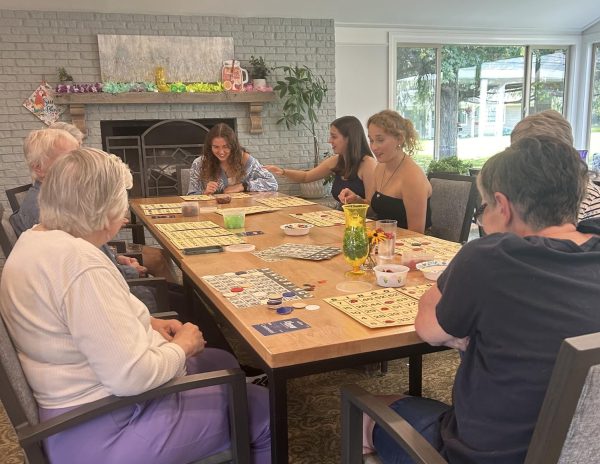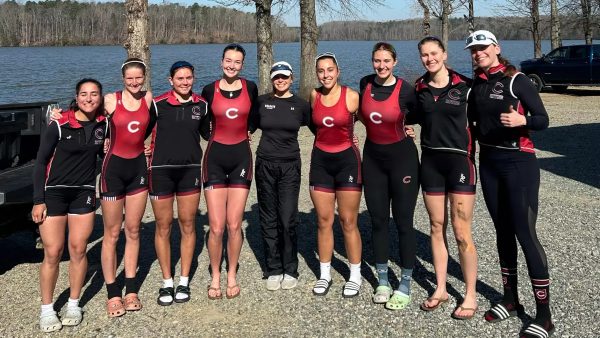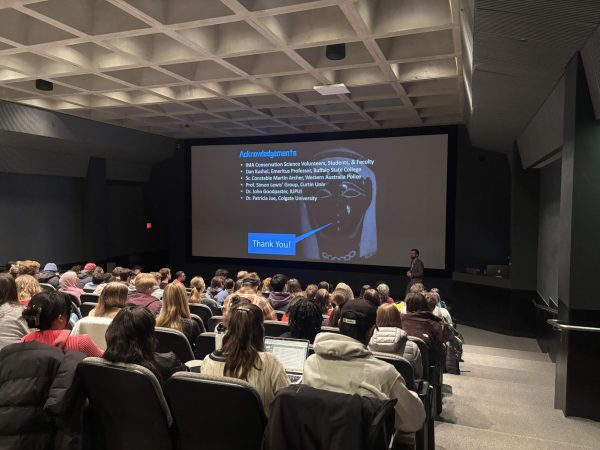Alternative Cinema’s Long Residency at Colgate
“Alternative Cinema expands the taste codes on Colgate’s campus by introducing innovative and historically marginalized cinema from around the world and in every genre.”
This is how the Alternative Cinema series is described on Colgate’s website, and in speaking with Yi Cui, current faculty curator of the series, and John Knecht, founder of the series, it is clear that this description has remained authentic ever since the creation of the series 39 years ago.
Knecht, Russell Colgate Distinguished University Professor of Art and Art History and Film and Media Studies, Emeritus, started Alternative Cinema in the Spring of 1982 by writing and receiving a grant from the New York State Council for the Arts (NYSCA) just a semester after arriving at Colgate to teach.
“Alternative Cinema was intended to bring experimental work to campus, work that comes from the art world more than the theatrical or narrative world. Because I had just moved up [to Colgate] from New York City, and I had been teaching at Brown [University] and the University of Oklahoma before that, I knew a lot of people so my idea was to bring as many artists as I could to campus,” Knecht said.
Knecht explained that the NYSCA is to thank for Alternative Cinema’s existence since they’ve allowed the series to function and thrive by giving grants every year since 1982.
“In 1986, I called together a meeting of people who were programming films all over upstate New York and we started a group called the Central New York Programmers Group. This was before the Internet, before emails, and we would meet once a semester at one of our schools and we all got to know each other and became really good friends,” Knecht recounted. “So if we wanted to get a really fancy filmmaker from Berlin, for instance, no one school could afford to do that alone so we’d put together a tour for them for five or six different schools. And the [NYSCA] gave us a grant to do that specifically, so we had a pretty efficient thing going. It was great for the filmmaker and for us, and that went on for about 20 years. It was really wonderful and brought everyone together and really made things happen.”
Knecht explained his intentions behind Alternative Cinema in bringing something new to Colgate’s campus, something to experience from the art world that you couldn’t anywhere else.
“I think that what I tried to do and what has continued is bring this kind of work to Colgate that you wouldn’t see in any other venue at Colgate. It’s work that’s made by independent filmmakers, on their own, and coming out of art schools rather than coming out of film schools necessarily. And I think that the programmers who took over after I left have all continued that ‘service,’ if you will. I’m very impressed with what I see right now.”
Cui, Assistant Professor of Art and Art History, has curated the last two semesters of programming, once on her own and currently this semester with Ani Maitra, Associate Professor of Film and Media Studies. She talked about trying to include films that are as diverse as possible, both in the region and the cultural background that they come from.
“We try to not focus too much on mainstream work, so normally it’s independent or experimental or avant-garde kind of cinema,” Cui said. “The screening is partially associated with some courses, both in the Art Department and Film and Media Studies, so in a way, besides embracing the audience members from the public, we’re also trying to use this program to expand the horizons of our students in terms of how the film and video medium can be used to make creative work. Formally we also try not to focus on one type of work — there are documentaries, fiction films, short films, animations.”
Cui explained that she draws from the work of artists and creators she knows to construct the programming. Being from China and having lived for an extended time in Canada, she knows filmmakers from all over who have something distinct and special to share. But she also does much research to find new creators who she isn’t personally acquainted with yet.
“Last semester, for example, we showed work from a filmmaker from Iran. We were basically colleagues when we went to film school, so I got to know her through that experience and she brought to us a really wonderful documentary that she and some other filmmakers made in Afghanistan. And then this semester my colleague [Maitra] knew an Indian filmmaker who previously had some residency at Colgate, so we just got to invite her back to show her work and have a conversation with us. So the process really is a wide variety of approaches.”
Cui echoes Knecht in the value that she finds in the series and what she sees it adding to the Colgate community. She also explained that what she enjoys most is the conversations with other artists that are able to sprout from these experiences.
“[The conversations with the other artists] are always deeply inspiring for me. As a filmmaker myself, those kinds of conversations are partly what keeps my work alive, and also when we have those conversations, I find the perspectives provided by the students as deeply valuable, even though they’re not experienced filmmakers. Their view is very fresh, and oftentimes there’s a lot of energy in the kinds of questions they could bring. I’m really keen on bringing students and the audience to the theater to appreciate all these works together.”
Cui said she’s disappointed by the barriers to in-person screening that the COVID-19 pandemic has brought. She described how essential the space in which you experience cinema as an art form is to the kind of relationship you have with the work.
“the cinema space is a space where you bring culture and experiences from elsewhere, so I think that’s something really valuable, especially for students. In terms of bringing in more diversity of cultural or social experience, it’s very important,” Cui said. “For most students the main experience of cinema is through the mainstream cinema…also a lot of the experience of moving image is from social media, like Youtube or Tik Tok. But the kind of work we curate is really about emphasizing cinema as an art form. For people who are not cinephiles or who are not particularly interested in video art or cinema work from alternative space, those kinds of works are very rarely seen, so that’s also how moving image can be used to engage with audiences and we hope to expand the space for that.”
The Alternative Cinema Series is free to attend Tuesday nights throughout each semester.
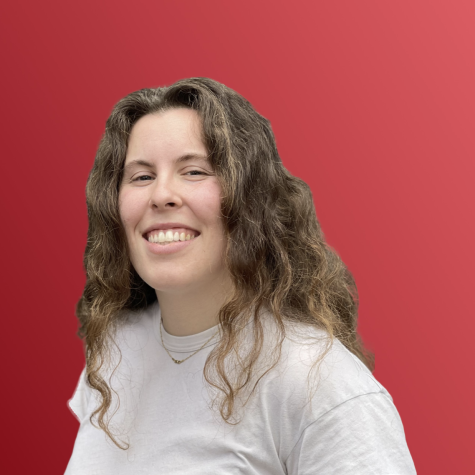
Andie Cook is a senior from Los Angeles, CA concentrating in philosophy and minoring in political science. She has previously worked as an assistant section...


